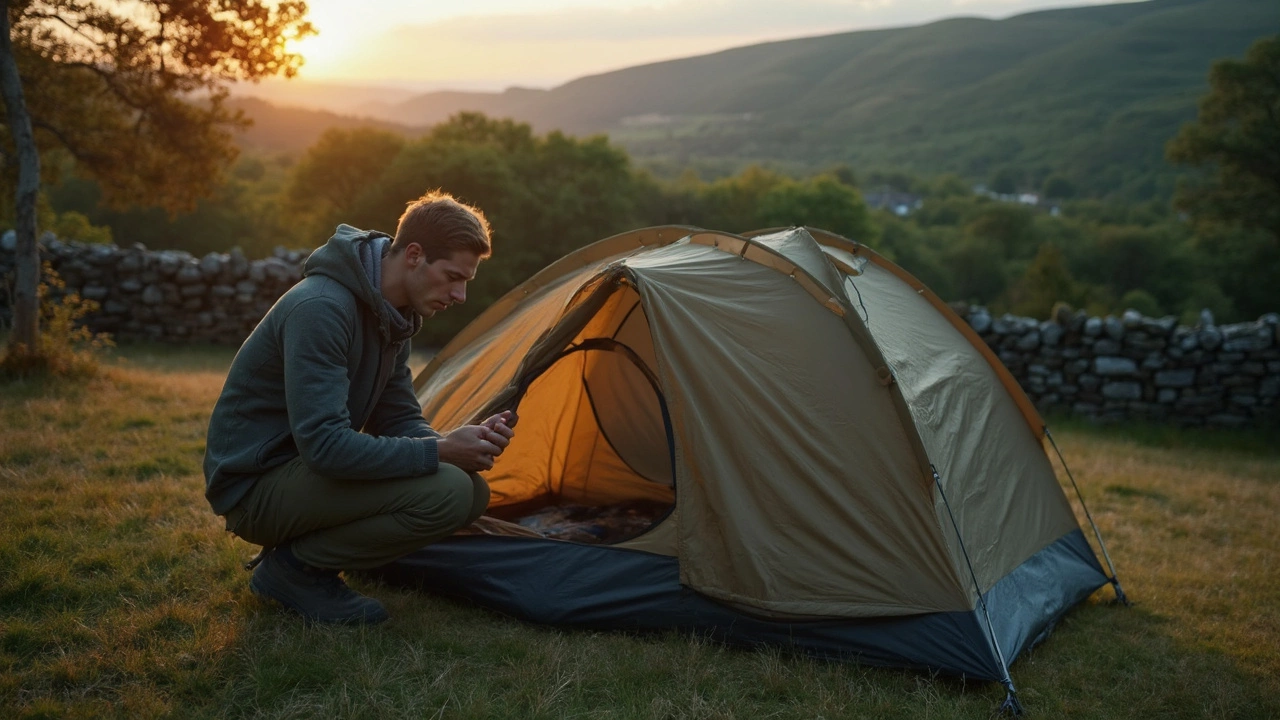Stealth Camping: Stay Hidden and Safe in the Great Outdoors
If you love the freedom of wild camping but want to keep a low profile, stealth camping is the answer. It’s not about breaking rules; it’s about respecting the land, the locals, and the environment while still enjoying a night under the stars. Below you’ll find real‑world tips you can start using tomorrow, whether you’re in the rolling hills of Lancashire or anywhere else.
Why Go Stealth?
First off, stealth means you’re less likely to attract attention from landowners, rangers, or neighbors. That reduces the chance of being asked to move or fined. More importantly, staying hidden helps preserve the natural feel of the spot for the next camper. When you leave no trace and keep a low profile, you’re protecting the terrain and the wildlife that call it home.
Top Tips for Staying Hidden
1. Choose the right time. Dawn and dusk are your best friends. Light is low, people are busy, and the air is cooler. Arriving after sunset and leaving before sunrise keeps you off the radar.
2. Pick a secluded spot. Look for natural cover like clumps of trees, a dip in a valley, or a patch of dense scrub. Avoid clearings, roadsides, and any area with a clear line of sight from a path or driveway.
3. Keep a small footprint. A lightweight tarp, a compact sleeping bag, and a tiny stove are all you need. The less gear you have, the less you leave behind, and the easier it is to set up quickly.
4. Use camouflage. Earth‑tone clothing blends with the surroundings. If you’re using a tent, choose a natural‑color model or use a tarp that matches the ground. Even your cooking gear can be hidden in a simple canvas sack.
5. Silence is golden. Avoid loud conversations, music, or noisy gadgets. Choose a camp stove that burns cleanly and quietly, and keep any lights dim and shielded.
6. Pack out everything. This includes food scraps, toilet paper, and even tiny bits of litter. A small zip‑lock bag can hold everything you need to take home.
7. Respect private land. If you’re on farmland, stay far enough away from fences and livestock. A quick glance at property signs can save you a lot of trouble.
8. Leave no trace. Flatten any fire rings, spread out any footprints, and make the area look exactly as you found it. If you can’t find the spot again, you’ve done it right.
Practicing these habits takes a bit of effort, but the payoff is a genuine sense of freedom. You can slip into the night, wake up to a sunrise only you saw, and disappear without a trace. That’s the magic of stealth camping.
Ready to try it? Start with a short test run near your home, fine‑tune your gear, and then head out to the stunning Lancashire countryside. With the right mindset and a few simple tricks, you’ll be camping like a local—quiet, invisible, and completely at peace.

Stealth Camping: What It Is and How It Changes the Way We Travel
Stealth camping is all about spending the night in unexpected places without drawing attention—usually for free and with a light environmental footprint. This article breaks down what stealth camping means, why people are drawn to it, and how it connects with sustainable travel. We’ll get real about what to expect if you want to try stealth camping yourself, including top tips and things nobody tells you before you go. Plus, how this low-impact approach is changing the way travelers think about eco-friendly adventuring.
Continue Reading